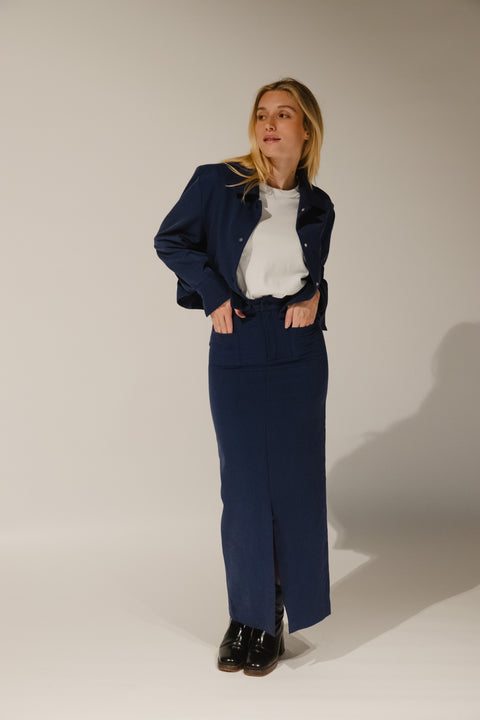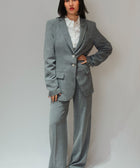
The uniform, now ubiquitous in many sectors, is much more than just a utilitarian garment. It conveys values, embodies an identity, and symbolizes belonging to a group. But where does this tradition come from? How has the uniform evolved over the centuries? This article traces the fascinating history of the uniform, from its first appearances in Antiquity to its current role in our society.
The Origins of the Uniform in Antiquity
The first uniforms appeared long before the modern era. In ancient times, armies wore specific outfits to easily identify different military units on the battlefield. The uniforms of the Roman legions, for example, included specific armor and insignia, allowing each soldier to be distinguished according to their rank and role. They served not only to protect the soldiers, but also to strengthen cohesion and esprit de corps within the army.
These early uniforms were designed for practical reasons, but also symbolic ones. Wearing armor or a tunic in the colors of the emperor meant that one served the Roman power. At that time, the uniform was already seen as a sign of discipline and unity, concepts still associated with the uniform today.
The Middle Ages and the Renaissance: Religious and Military Uniforms
During the Middle Ages, uniforms continued to develop, primarily in two areas: religion and warfare. Monks and priests wore distinctive garments, which served to identify their religious order. Each color and cut of clothing had a particular meaning, often linked to vows of poverty, obedience, or silence.
At the same time, knights wore specific armor and shields, displaying distinctive coats of arms and heraldic symbols. These armors, like the military uniforms of the time, served not only to protect their wearers, but also to identify the belligerents during battles.
With the arrival of the Renaissance, military uniforms evolved. The first modern armies, particularly in Europe, adopted standardized uniforms in order to structure and organize their troops more efficiently. Under Louis XIV , the French armies became the first to systematize the uniform in the armed forces, a model quickly adopted by other nations.
The Emergence of Professional Uniforms
The uniform, which was originally linked to the religious and military worlds, began to spread to other spheres of society from the 18th century. With the increasing industrialization of the 19th century, the uniform appeared in civilian sectors, particularly in service professions and businesses.
Police forces, for example, adopted uniforms in the early 19th century to establish a sense of authority and trust among the population. Similarly, mail carriers, firefighters, and even train drivers wore standardized outfits to be easily identifiable by the public.
At the same time, school uniforms were appearing in some parts of the world, particularly in England. They served to eliminate social distinctions and promote equality among students, a philosophy that is still present in some schools today.
Uniforms in the 20th and 21st Centuries: Diversity and Personalization
The 20th century marks a major turning point in the history of the uniform. Not only do uniforms become more functional and ergonomic, but they also begin to reflect the values and identity of the organizations that adopt them. In modern companies, uniforms are no longer just practical tools, they are also used as communication vectors.
In the catering industry, for example, uniforms are designed to reinforce brand image and enhance the customer experience. Airlines, on the other hand, invest heavily in the design of their uniforms to reflect the elegance and sophistication of their service. Some companies even collaborate with fashion designers to create unique and recognizable outfits.
Today, uniforms are used in a wide variety of sectors: medical, school, industrial, hospitality and many others. Innovations in textiles, such as breathable and stain-resistant materials, have improved the comfort of uniforms, while adapting to the specific needs of each profession.
Conclusion
From ancient times to the present day, the uniform has spanned the ages while evolving with the needs of societies. From a simple recognition tool on the battlefield, it has become a symbol of identity, professionalism and belonging. Today, the uniform plays a crucial role in many sectors, reflecting both the values of a company and the expectations of customers.
Its rich and varied history bears witness to the importance of this garment throughout the centuries, an indispensable element that continues to evolve to meet the needs of our times.





